 Florence (Italian: Firenze [fiˈrɛntse] ( listen), alternate obsolete form: Fiorenza; Latin: Florentia) is the capital city of the Italian region of Tuscany and of the province of Florence. It is the most populous city in Tuscany, with c. 370,000 inhabitants (1,500,000 in the metropolitan area).
Florence (Italian: Firenze [fiˈrɛntse] ( listen), alternate obsolete form: Fiorenza; Latin: Florentia) is the capital city of the Italian region of Tuscany and of the province of Florence. It is the most populous city in Tuscany, with c. 370,000 inhabitants (1,500,000 in the metropolitan area).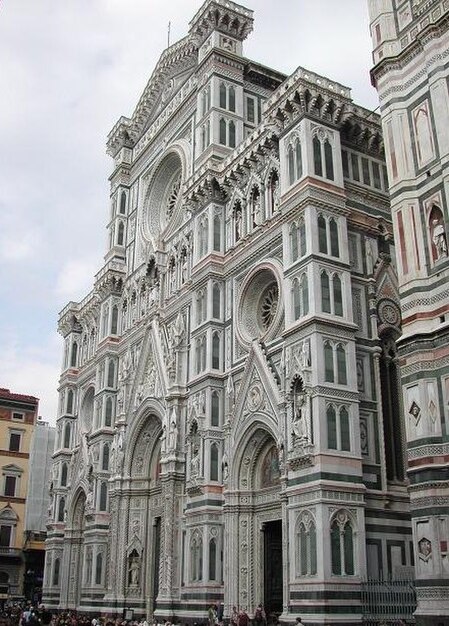
The city lies on the River Arno; it is known for its history and its importance in the Middle Ages and in the Renaissance, especially for its art and architecture and, more generally, for its cultural heritage. A centre of medieval European trade and finance and one
 of the wealthiest cities of the time, Florence is considered the birthplace of the Renaissance; it has been called the Athens of the Middle Ages.A turbulent political history included periods of rule by the powerful Medici family, religious and republican revolution. From 1865 to 1870 the city was also the capital of the recently established Kingdom of Italy.
of the wealthiest cities of the time, Florence is considered the birthplace of the Renaissance; it has been called the Athens of the Middle Ages.A turbulent political history included periods of rule by the powerful Medici family, religious and republican revolution. From 1865 to 1870 the city was also the capital of the recently established Kingdom of Italy.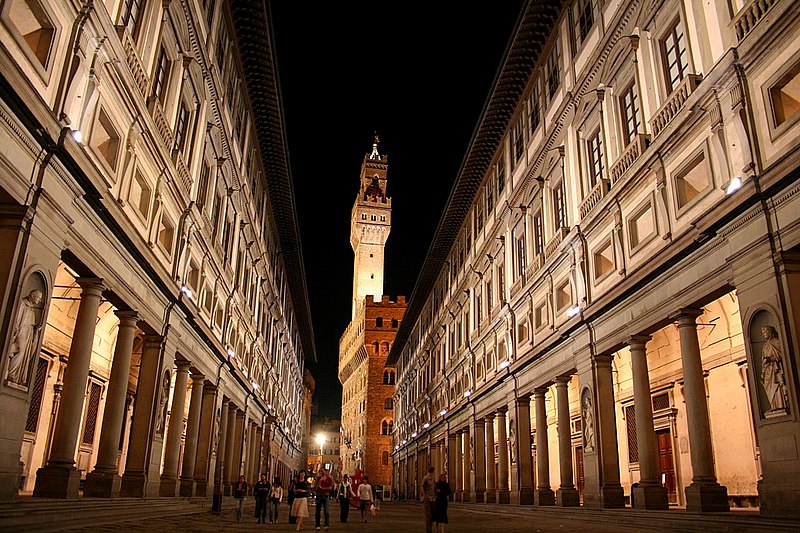
The historic centre of Florence attracts millions of tourists each year, and Euromonitor International ranked the city as the world's 72nd most visited in 2009, with 1.685 million visitors. It was declared a World Heritage Site UNESCO in 1982. Due to Florence's artistic and architectural heritage, it has been ranked by Forbes as one of the most beautiful cities in the world, and the city is noted for its history, culture,
 Renaissance art and architecture and monuments.The city also contains numerous museums and art galleries, such as the Uffizi Gallery and the Pitti Palace, amongst others, and still exerts an influence in the fields of art, culture and politics. Florence is also an important city in Italian fashion,
Renaissance art and architecture and monuments.The city also contains numerous museums and art galleries, such as the Uffizi Gallery and the Pitti Palace, amongst others, and still exerts an influence in the fields of art, culture and politics. Florence is also an important city in Italian fashion, being ranked within the top fifty fashion capitals of the world; furthermore, it is also a major national economic centre, being a tourist and industrial hub. In 2008, the city had Italy's 17th highest average income per capita
being ranked within the top fifty fashion capitals of the world; furthermore, it is also a major national economic centre, being a tourist and industrial hub. In 2008, the city had Italy's 17th highest average income per capita
History
 Florence originated as a Roman city, and later, after a period as a flourishing trading and banking medieval commune, it was the birthplace of the Italian Renaissance (or the "Florentine Renaissance"). According to the Encyclopædia Britannica, it was politically, economically, and culturally one of the most important cities in Europe and the world from the 14th century to the 16th century.
Florence originated as a Roman city, and later, after a period as a flourishing trading and banking medieval commune, it was the birthplace of the Italian Renaissance (or the "Florentine Renaissance"). According to the Encyclopædia Britannica, it was politically, economically, and culturally one of the most important cities in Europe and the world from the 14th century to the 16th century.
The language spoken in the city there during the 14th century was, and still is, accepted as a pan-Italian language. Almost all the writers and poets in the Italian literature of the golden age are somewhat connected with Florence, leading ultimately to the adoption of the Florentine dialect above all the local dialects, as a literary language of choice.

Starting from the late Middle Ages, Florentine money—in the form of the gold florin—financed the development of industry all over Europe, from Britain to Bruges, to Lyon and Hungary. Florentine bankers financed the English kings during the Hundred Years War, as well as the papacy, including the construction of their provisional capital of Avignon and, after their return to Rome, the reconstruction and Renaissance embellishment of the latter.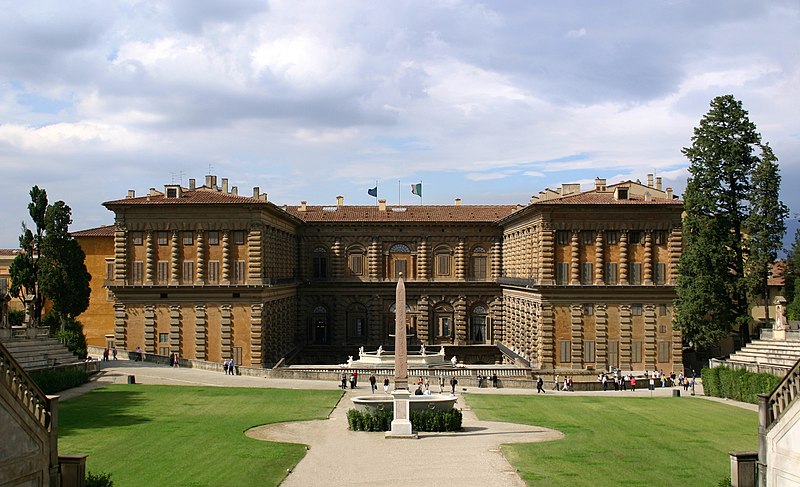

Florence was home to the Medici, one of history's most important noble families. Lorenzo de' Medici was considered a political and cultural mastermind of Italy in the late 15th century. Two members of the family, were popes as Leo X and Clement VII in the early 16th century. Catherine de Medici, married king Henry II of France and, after his death in 1559, reigned as regent in France. The Medici reigned Grand Dukes of Tuscany starting with Cosimo I de' Medici in 1569, until the death of Gian Gastone de' Medici in 1737.
Rise of the Medici
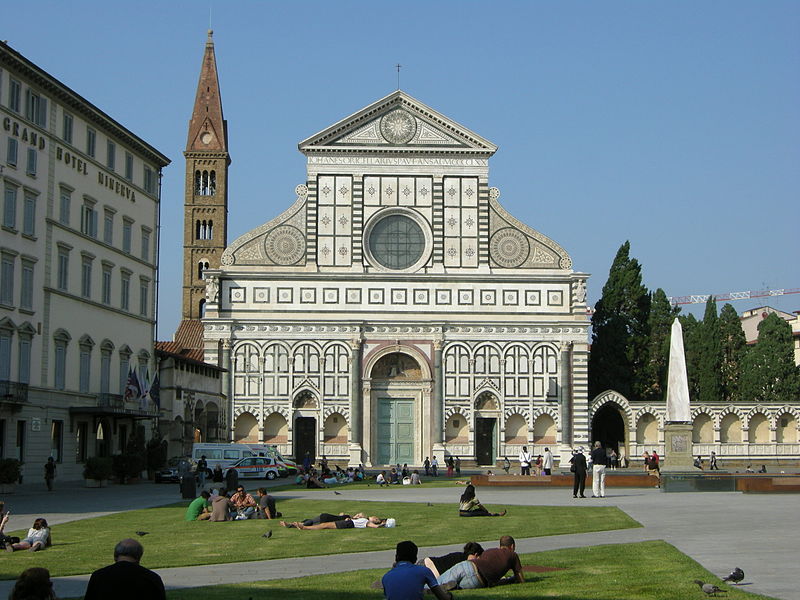
Of a population estimated at 94,000 before the Black Death of 1348, about 25,000 are said to have been supported by the city's wool industry: in 1345 Florence was the scene of an attempted strike by wool combers (ciompi), who in 1378 rose up in a brief revolt against oligarchic rule in the Revolt of the Ciompi. After their suppression, Florence came under the sway (1382–1434) of the Albizzi family, bitter rivals of the Medici.

In the 15th century, Florence was among the largest cities in Europe, considered rich and economically successful. Life was not idyllic for all residents though, among whom there were great disparities in wealth Cosimo de' Medici was the first Medici family member to essentially control the city from behind the scenes. Although the city was technically a democracy of sorts,

his power came from a vast patronage network along with his alliance to the new immigrants, the gente nuova (new people). The fact that the Medici were bankers to the pope also contributed to their ascendancy. Cosimo was succeeded by his son Piero, who was, soon after, succeeded by Cosimo's grandson, Lorenzo in 1469. 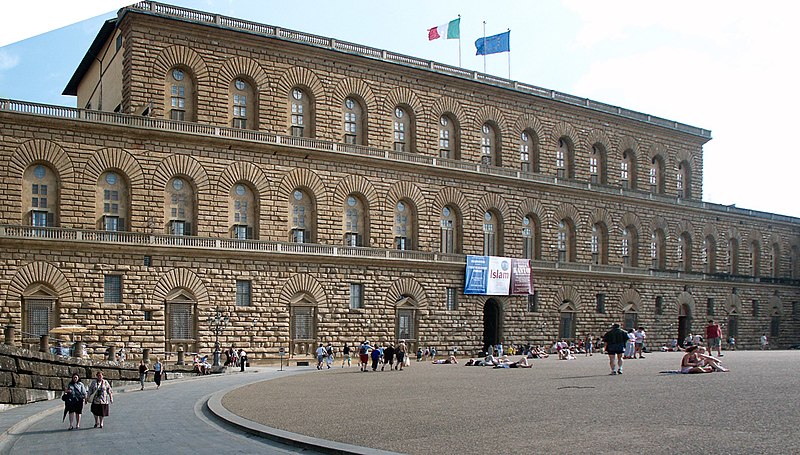

Lorenzo was a great patron of the arts, commissioning works by Michelangelo, Leonardo da Vinci and Botticelli. Lorenzo was an accomplished musician and brought composers and singers to Florence, including Alexander Agricola, Johannes Ghiselin, and Heinrich Isaac. 

By contemporary Florentines (and since), he was known as "Lorenzo the Magnificent" (Lorenzo il Magnifico).

Following the death of Lorenzo de' Medici in 1492, he was succeeded by his son Piero II. When the French king Charles VIII invaded northern Italy, Piero II chose to resist his army. But when he realized the size of the French army at the gates of Pisa, he had to accept the humiliating conditions of the French king. These made the Florentines rebel and they expelled Piero II. With his exile in 1494, the first period of Medici rule ended with the restoration of a republican government.



No comments:
Post a Comment